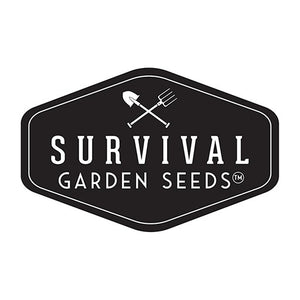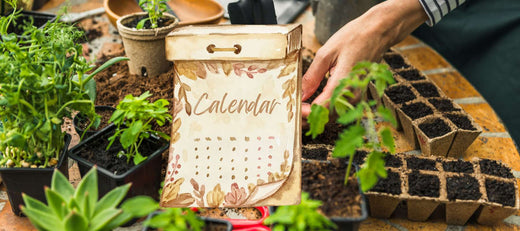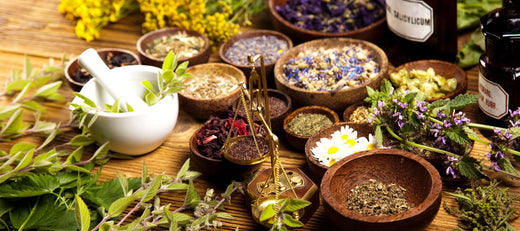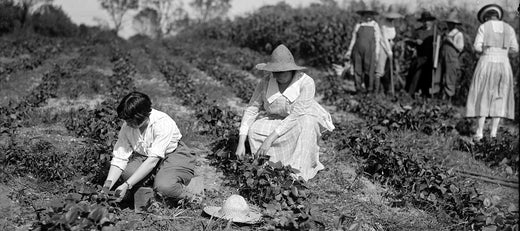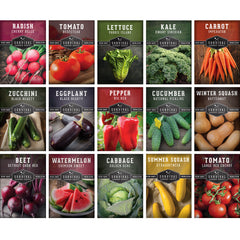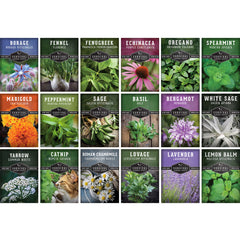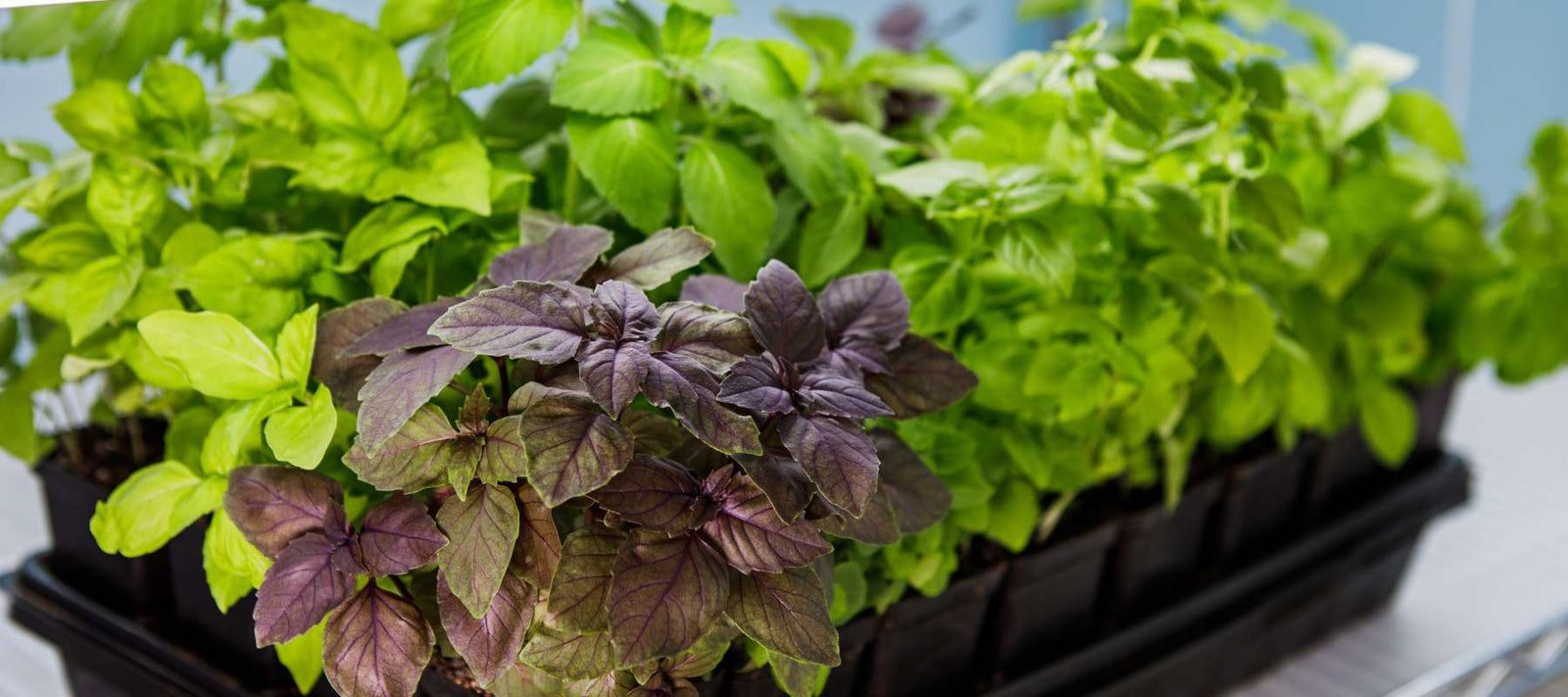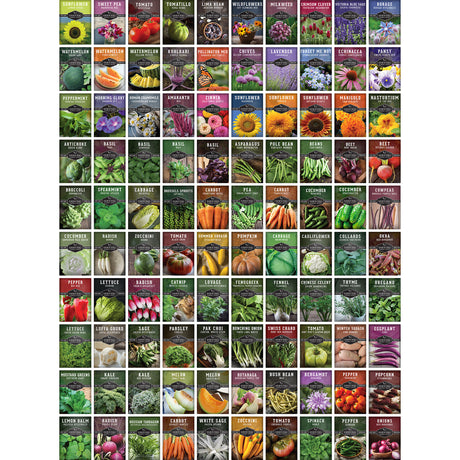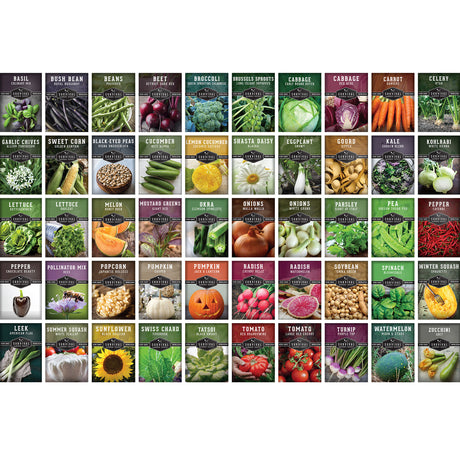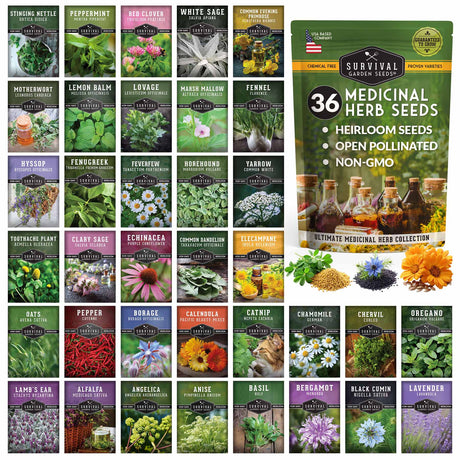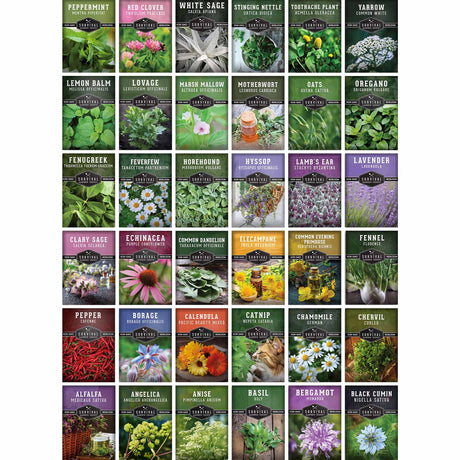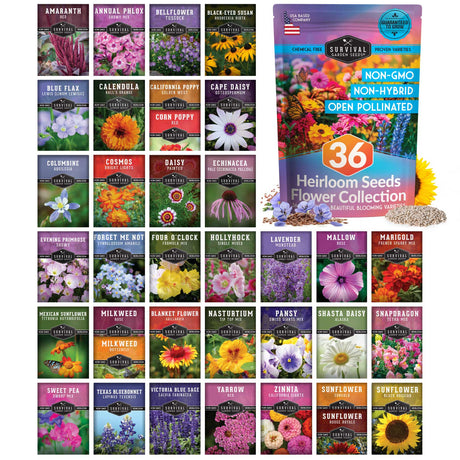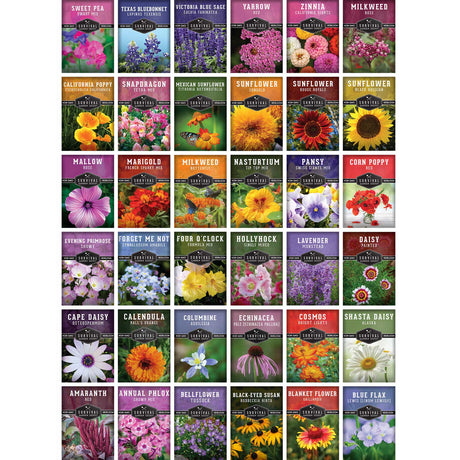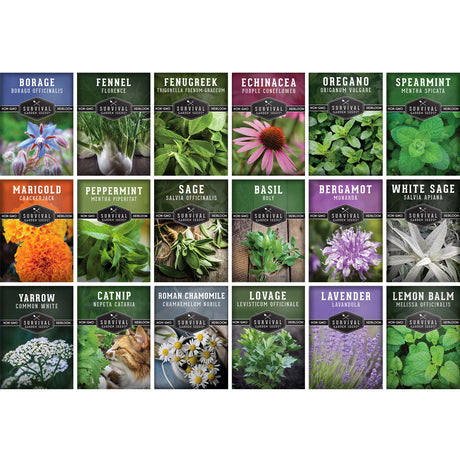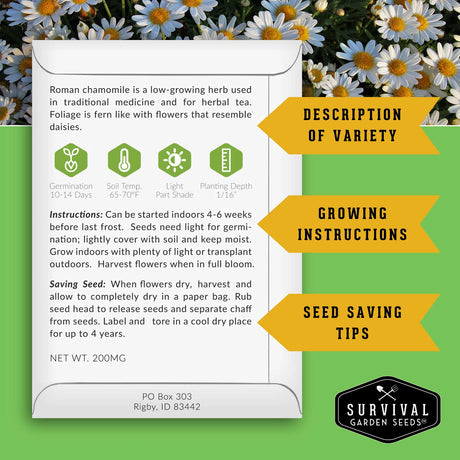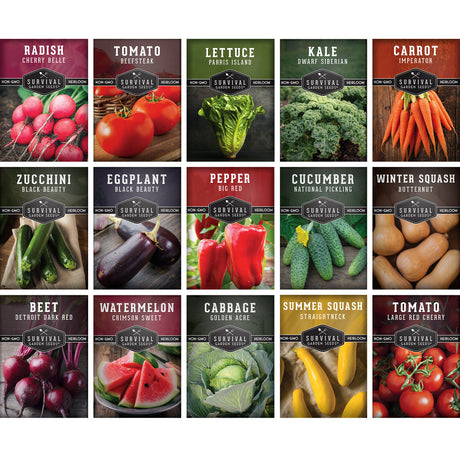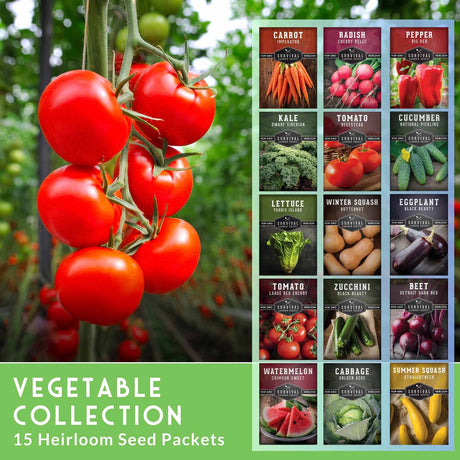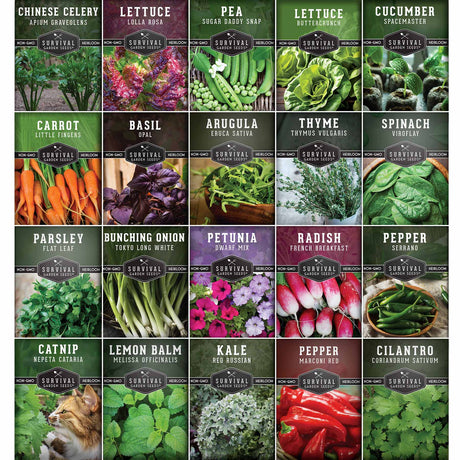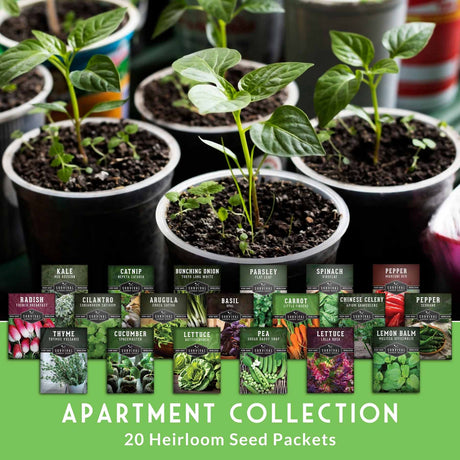Basil is an herb garden favorite that’s often associated with Italian cuisine, but there is so much more to explore. Basil isn’t just one plant — there are many different types of basil, each with their own unique appearance and flavor profile. Let’s explore some of the most popular varieties so you can choose which ones to add to your herb garden.
Genovese Basil

Genovese Basil (Ocimum basilicum ‘Genovese’) is named for its place of origin, Genoa, Italy and has been a staple in Mediterranean cooking for centuries. This is the variety most think of when you mention basil. It is characterized by medium-sized, bright green, smooth, oval leaves. Genovese basil has a robust, sweet flavor that is ideal for making pesto, Caprese salad, or for adding into pasta sauces and other tomato-based dishes.
Large Leaf Basil

Large Leaf Basil (Ocimum basilicum ‘Italian Large Leaf’) is commonly called Italian Large Leaf Basil, but has its origins in India, Africa, and Asia. It has been cultivated since prehistoric times. Its appearance is similar to Genovese basil, but with larger, broader glossy leaves. The flavor profile is also similar to Genovese basil, but more intense and is used in cooking in much the same way.
Opal Basil
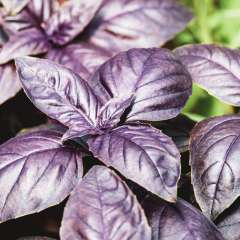
Opal Basil (Ocimum basilicum ‘Dark Opal’) is very similar to Genovese and Large Leaf basil in flavor, but what makes it really stand out is its beautiful deep purple color. It was developed in the United States by the University of Connecticut in 1950 as a cultivar of sweet basil. This variety is so pretty that it is often used as an ornamental as well as an edible herb. You can use Opal basil in pestos and sauces. It also makes a lovely garnish in salads and drinks.
Thai Basil

Thai Basil (Ocimum basilicum var. thyrsiflora) is believed to have originated in Thailand, Vietnam, and Laos. It has a very different appearance from the sweet basils we’ve already mentioned. It has small, narrow leaves, purple stems, and pinkish-purple flowers. Thai basil has a distinctive licorice-like flavor and holds up better under higher cooking temperatures. It is typically used in curries, pho, and other Southeast Asian dishes.
Holy Basil

Holy Basil (Ocimum tenuiflorum or Ocimum sanctum) is also commonly known as Tulsi. This multi-purpose variety is native to India and is considered a sacred herb in Ayurvedic medicine. This plant has oblong, hairy leaves that vary from green to deep purple. Holy basil has a strong, spicy flavor similar to cloves or licorice. It is commonly used in teas, stir-fries, spicy dishes and Ayurvedic cooking. Beyond the culinary uses, Holy Basil is considered an adaptogen which means that it helps manage both physical and psychological stress by helping the body adapt.
Other Uses for Basil
All types of basil have uses beyond the kitchen. As I already mentioned, basil has uses as a natural remedy (particularly Holy Basil). Basil has anti-inflammatory and antioxidant properties, and is used in aromatherapy for its soothing scent. The fragrance that we find so attractive helps repel garden pests like tomato hornworms, making it a great companion plant. It is an attractive plant with blooms that bees and butterflies find appealing.
How to Grow Basil
In my experience, basil is one of the easiest herbs to grow. I always have fresh basil available because it grows well indoors in pots and I plant extra in the spring alongside my tomatoes in the garden. It also does great in hydroponic systems.
General Basil Cultivation Tips:
- Plant in a sunny spot that receives at least 6 hours of bright light each day.
- Use well-draining soil that is rich in organic matter.
- Keep the soil constantly moist, but not wet.
- Harvest regularly to encourage new growth, as it can become woody and lose its sweetness if not pruned regularly.
Harvesting and Storing Basil
You can begin to harvest basil when it is 6 to 8 inches tall and has at least 3 to 4 sets of true leaves. Locate a node, which is the point on the stem where a pair of leaves or new side shoots emerge. Find the top set of leaves on the stem and pinch or cut the stem off just above the node. Do this every time a new stem develops 2 sets of leaves and you will have a bushy, multi-stemmed plant that will provide you with plenty of fresh herbs.
To store all that basil, you can freeze clean leaves in ice cube trays with water or oil for cooking, or dry the leaves and store in an airtight container.
Honestly, basil's pretty amazing and one of my favorite herbs. It's got way more going for it than just pesto, with tons of different flavors and colors that can spice up your garden and kitchen. Growing your own saves you a lot of money over store bought, too. I'd say it's worth checking out all the different types and seeing which ones you enjoy the most.

